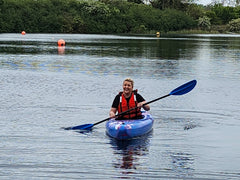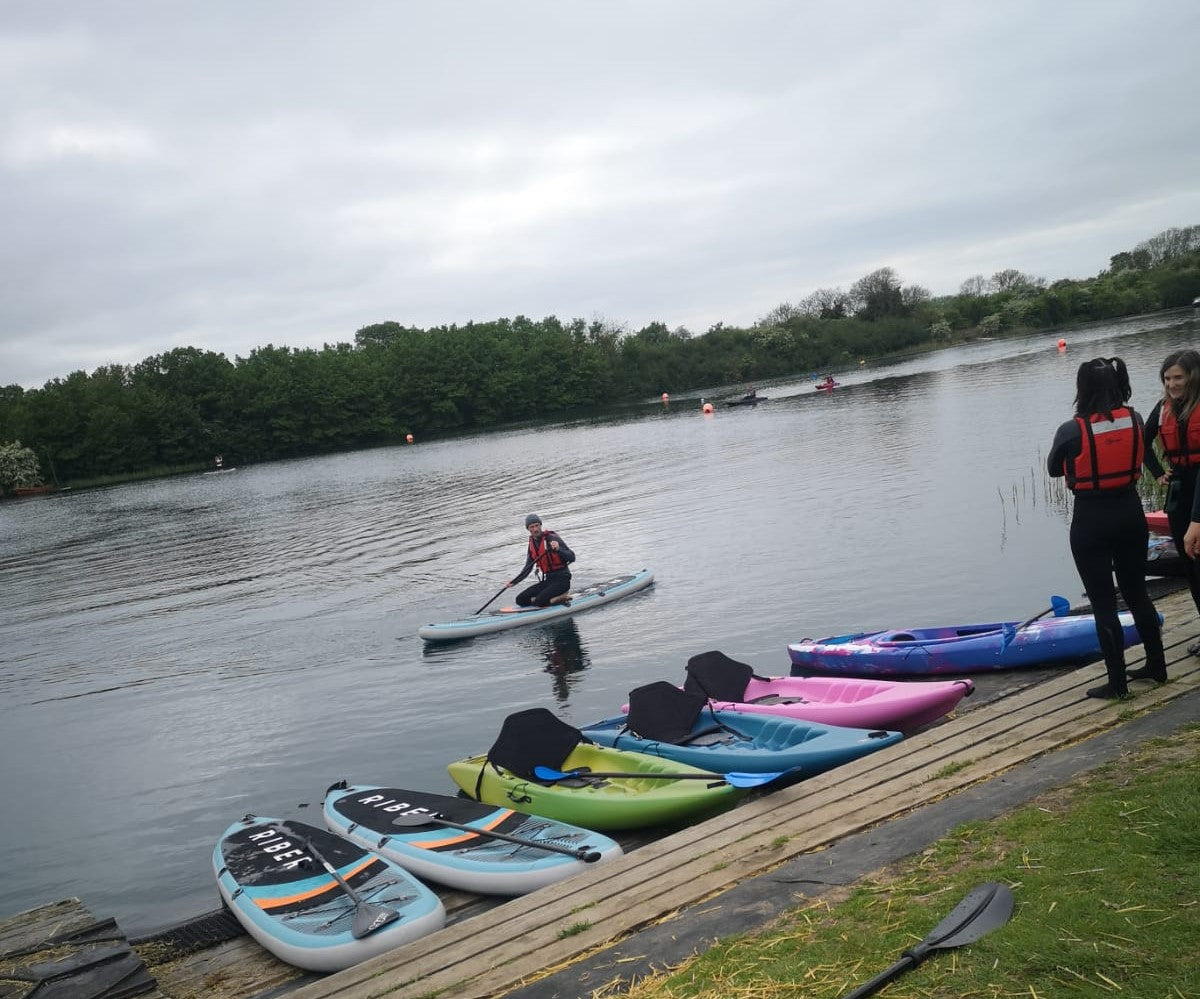When it comes to exploring the open waters, two popular choices often come to mind: kayaking and stand-up paddleboarding (SUP). Both of these water sports offer unique experiences, each with its own set of advantages and drawbacks. In this blog post, we will dive into the world of kayaking and SUP, comparing their pros and cons to help you decide which one suits your preferences and needs.
Kayaking
Kayaking is a versatile water sport that allows you to explore a variety of water conditions, from serene lakes to flowing rivers and even open ocean waters. Whether you're seeking calm waters or looking to conquer challenging tides and currents, a kayak can be your reliable companion. One example of this versatility can be found in Cornwall, where places like Padstow offer tidal sea conditions, making it a perfect location for kayaking enthusiasts.
Pros of Kayaking:
- Adaptable to different waters: Kayaks are designed to handle diverse water conditions, making them suitable for exploring a wide range of environments.
- Tidal and current exploration: With proper skill and technique, kayakers can navigate through varying tidal and current conditions, allowing for more adventurous explorations.
- Surf friendly: Kayaking can often be enjoyed in areas good for surfing and body boarding, making it an excellent choice for those looking to ride the waves from a different perspective.
- Versatility: Kayaking are great for individuals of different skill levels, from beginners to advanced paddlers. Thanks to a wide variety of kayak designs and sizes there is something for everyone.

Cons of Kayaking:
- Skill and Learning Curve: Kayaking may require some initial skill development to navigate efficiently, especially in challenging water conditions.
- Physical Effort: Paddling a kayak can be more physically demanding compared to stand-up paddleboarding, as it engages your entire upper body.
- Limited Standing: Unlike SUP, kayaking generally involves sitting, which might not provide the same vantage point for enjoying the surroundings.
Stand-Up Paddleboarding
Stand-up paddleboarding, or SUP, has gained popularity for its serene and peaceful approach to water exploration. SUP boards are designed for stability, allowing you to stand and paddle with a single-blade paddle. However, SUP is best enjoyed in relatively calm and flat waters due to the board's design and balance requirements.
Pros of SUP:
- Ease of Learning: SUP is relatively easy to learn, making it accessible to beginners who might be hesitant about kayaking's learning curve.
- Core and Balance Training: Standing on the SUP board engages your core muscles and improves balance, providing an enjoyable workout while you explore.
- Relaxing Environment: SUP offers a unique way to peacefully explore calm waters, providing a tranquil experience for nature enthusiasts.
- Accessible Views: Standing on the board offers an elevated viewpoint, allowing you to appreciate the beauty of your surroundings.

Cons of SUP:
- Limited to Calm Waters: SUP boards are less suitable for navigating through challenging tidal conditions and strong currents, restricting your options for water exploration.
- Less Versatility: Unlike kayaks which can offer different styles to suit the paddler, SUPs are somewhat limited due to the fact that you are standing.
- Storage and use: SUPs require inflating and deflating, plus drying off well for storage. Whereas with a kayak you can use it as soon as you get to the water.
In the kayaking vs. SUP debate, your choice should be guided by the type of water experiences you seek. If you're drawn to versatile exploration across a range of water conditions, kayaking might be your best bet. On the other hand, if you're looking for a serene and accessible way to enjoy calm waters and improve your balance, SUP could be your option. Remember, both activities offer unique benefits, and your preferences, skill level, and the waters you wish to explore will ultimately shape your decision. To see our range of boats and SUPs, click here to shop.

